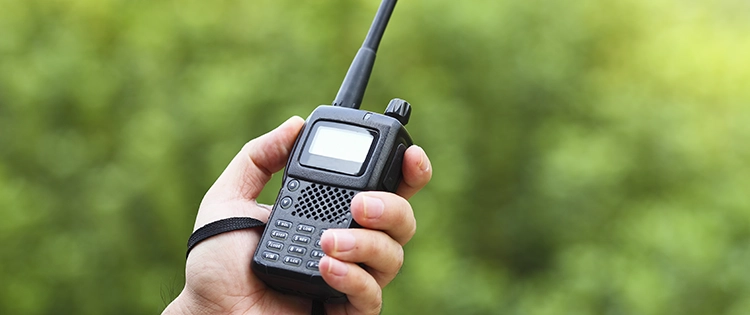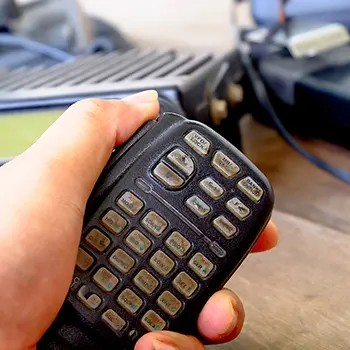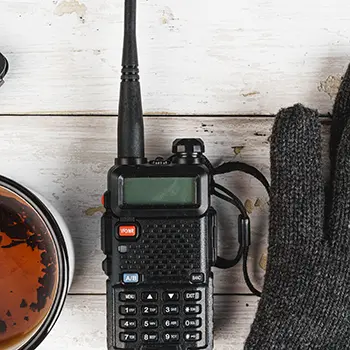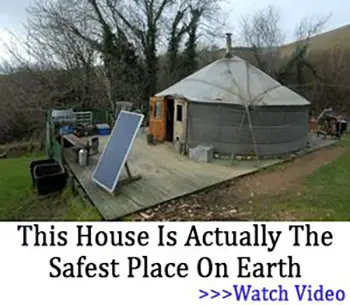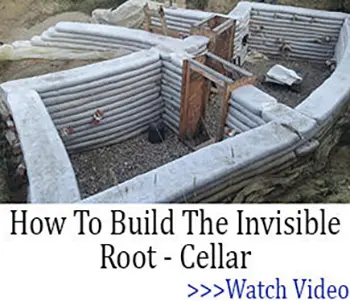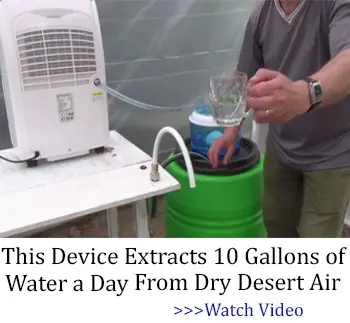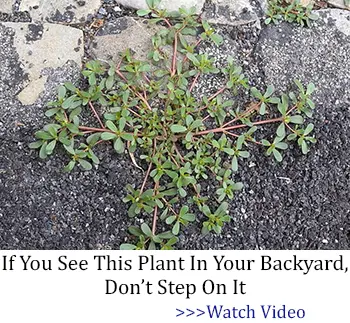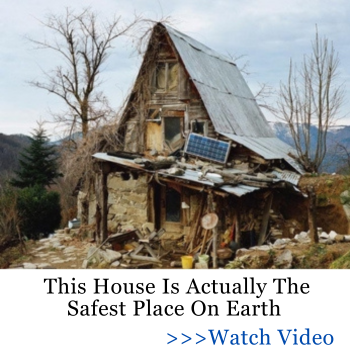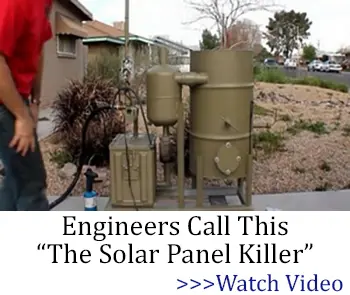We live in a connected world where it’s easy to communicate with friends and family, even over long distances. However, when the grid goes down, our usual ways of staying in touch will disappear.
This will create a major communication gap, which could be very dangerous. How will we communicate then? This article aims to answer that question: how will we stay in touch when the grid is down?
As we discuss the options, remember that each method may be best for specific types of communication. Talking to your family on your homestead will be different from talking to family who are hours away.
CB Radios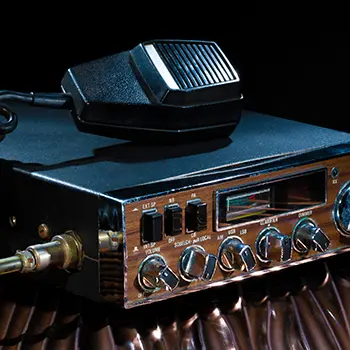
CB (Citizens Band) radios were like the internet for our parents and grandparents before computers were common. They are very easy to use and still available today. CB radios can work for communication over 1 to 25 miles, depending on the surroundings.
Several things affect their range and effectiveness. Weather can disrupt CB radio signals, and while you don’t need a clear line of sight, it helps for longer distances.
However, you can learn here how to legally turn your CB car radio into a powerful transmitter capable of emitting and receiving communications from hundreds of miles away, unlike a regular CB radio.
Also, CB radios do not operate on a cellular network or internet connection, making them incredibly reliable in a grid-down scenario.
CB radios are very useful because they need very little electricity. This means even an off-grid homestead with solar panels or other power sources can use them to communicate. Plus, most CB radios are portable, so you don’t have to stay in one place, unlike HAM radios.
Ham Radio
Ham radios are popular for communication during a grid-down situation because they can cover long distances. Ham operators in the U.S. can even talk to people in other countries.
However, ham radios have some downsides. They can be hard to use and need a lot of technical knowledge. Setting up the equipment and antennas can cost thousands of dollars. Also, you need a license from the Federal Communications Commission (FCC), which requires passing a test on radio theory, regulations, and operating practices. Only about 700,000 Americans have this license, making it hard to communicate with friends and family.
Another issue is that ham radios need repeaters to send signals over long distances. If the grid is down for a long time and there is civil unrest, this could make ham radios less effective.
Satellite Phone
Satellite phones are great to have, especially when cell towers fail. If you and your contacts have satellite phones, you won’t lose communication because they connect directly to satellites.
However, they are expensive and have high service fees. This can make them too costly for many homesteaders. Also, if people know you have one, it could make you a target during times of civil unrest.
Walkie Talkies
In a grid-down scenario, walkie-talkies will likely be the most common way to communicate, especially for short distances. Most communication will be on the homestead or with close neighbors.
Walkie-talkies are great for this. Their range depends on the type, but most work within a few miles. Weather and geography affect how far they can reach. One issue is their power use. If you use them often, you’ll need to change the batteries almost daily. But if you have rechargeable batteries and a way to recharge them, this won’t be a problem.
Cell Phones/Computers
Don’t dismiss the idea of using cell phones and computers when the grid is down. You likely already have a way to generate your own electricity.
These devices connect with others through global networks. The internet is just many computers linked together, and cell phones use towers to send signals. If you want to build a community and communicate with members, these could be great options.
Setting up your own off-grid infrastructure isn’t hard. It might seem tough, but creating a local Wi-Fi network for your community is doable with the right equipment.
Each network point, however, will have to have a power source to function. Setting each up with a dedicated solar panel may be the best option.
While the communication devices listed above can be invaluable in a grid-down scenario, it’s important to remember that they will, unfortunately, be rendered useless in the event of an EMP unless they are protected from its effects.
An EMP can damage or destroy electronic equipment, leaving you without any means of communication. This is why it’s crucial to safeguard your devices with proper protection.
I highly recommend getting your hands on an EMP Cloth, a reliable solution to shield your communication devices from EMP effects. You can learn more and purchase it here: EMP Cloth.
Low-Tech to No-Tech Options
Starting a fire and sending smoke signals are common in survival movies because they were once the only options. Using smoke signals, flares, mirrors, and whistles are just a few no-tech ways to communicate, especially when you just need to be seen or heard.
The key to any communication plan is making sure everyone involved understands it. Have a written plan to share with family and friends about what to do and how to communicate in a grid-down scenario.
Make sure everyone on your homestead and in your network knows how to use the needed equipment and understands when and how you will communicate. It’s smart to have set times for family communication during such events.
This Is How An EMP Will Ruin Your Stockpile
The Only Thing You’ll Need To Survive Any Major Blackout (Video)

